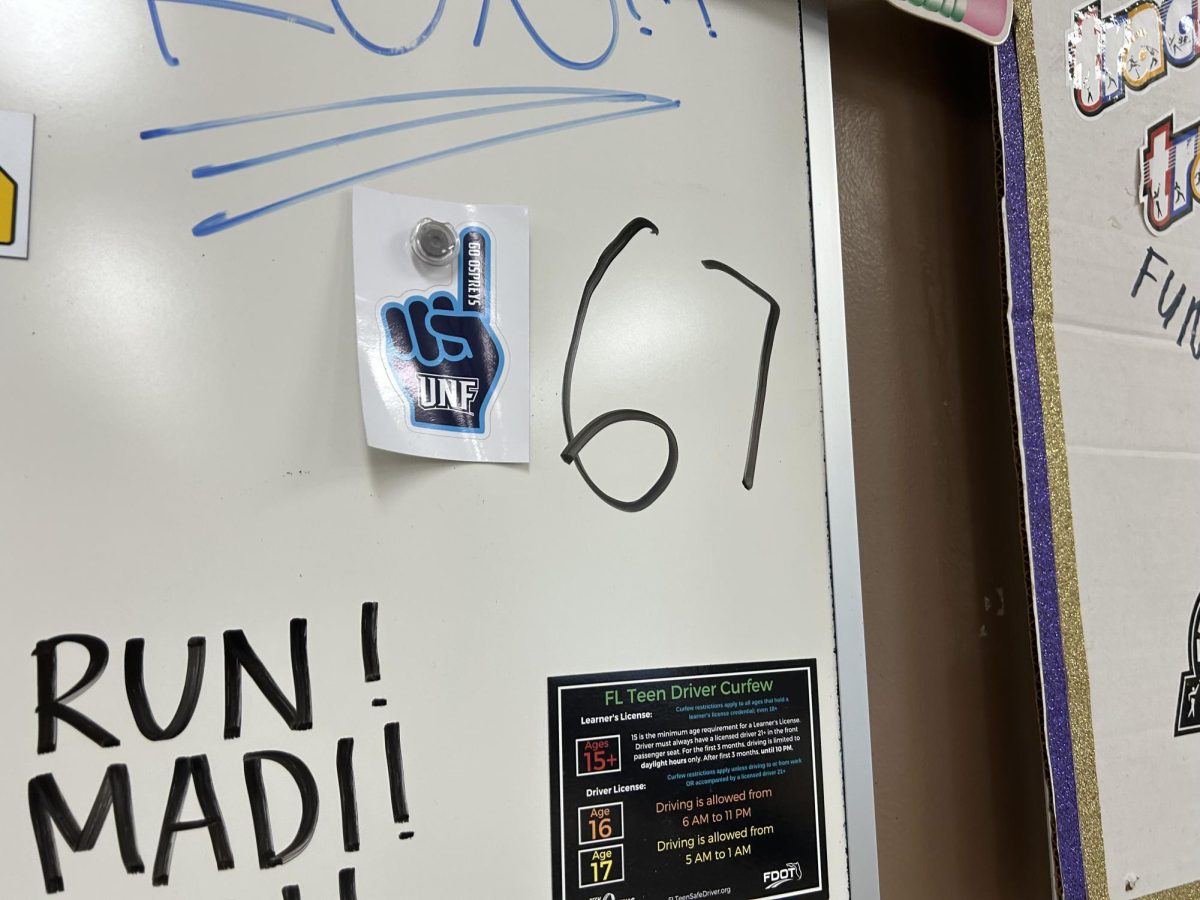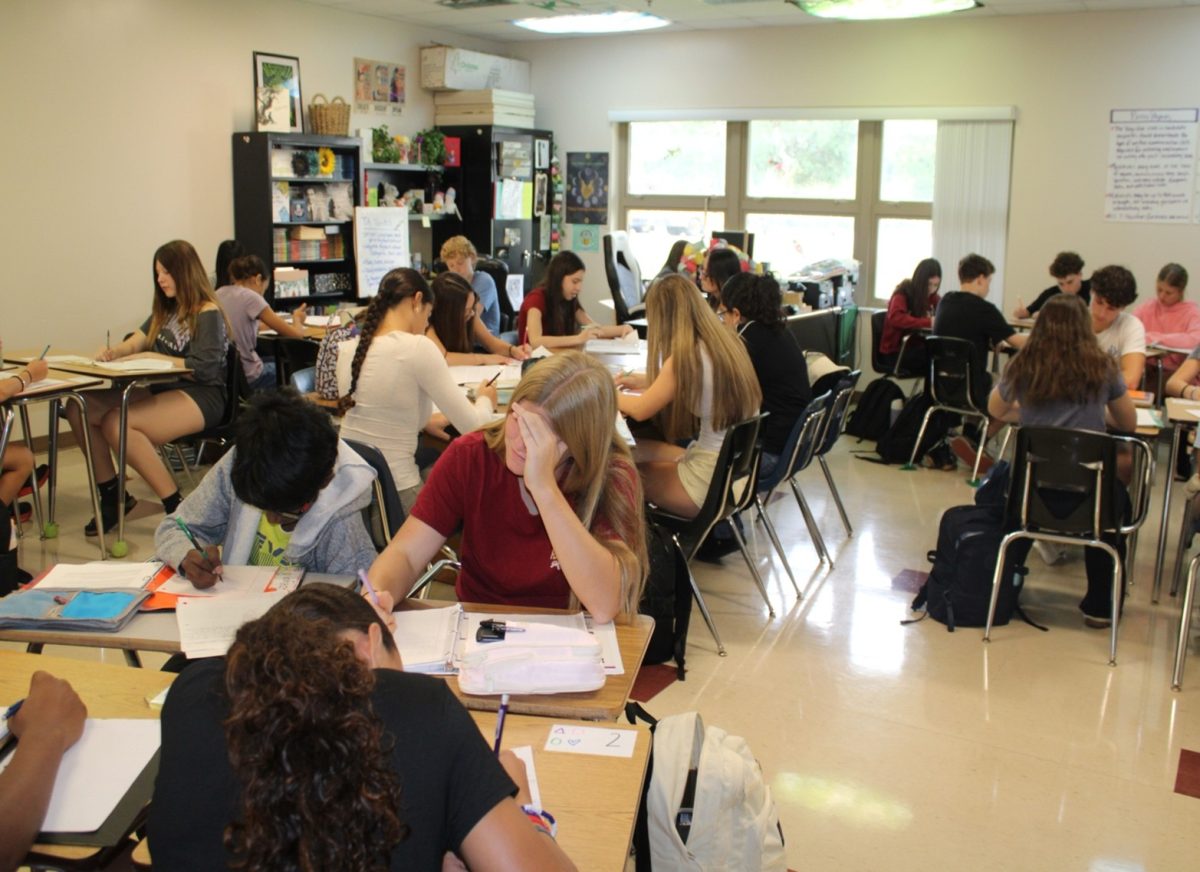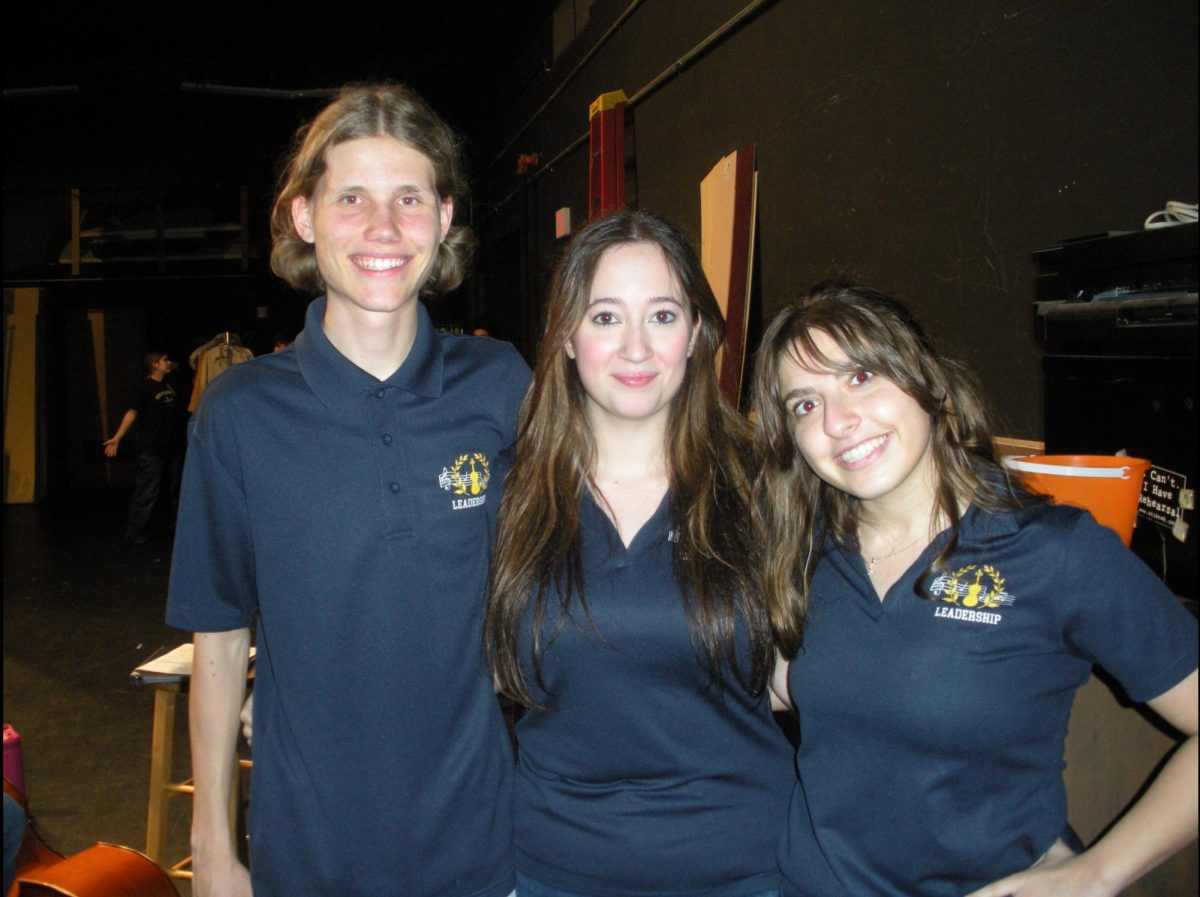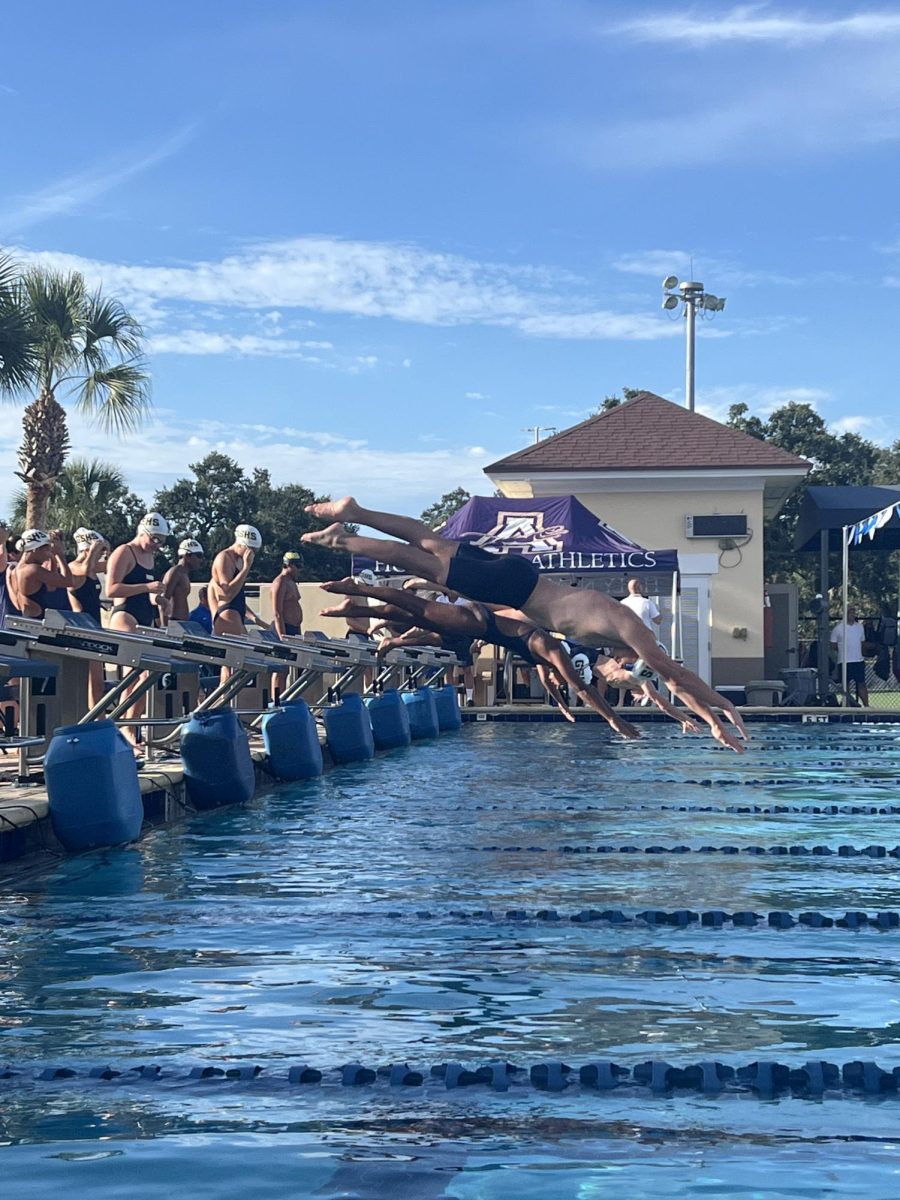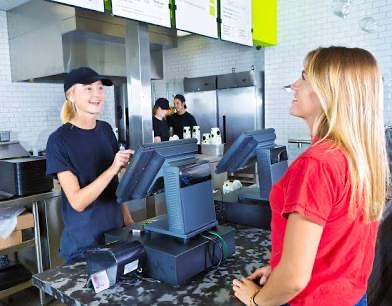“One can become a person with a disability at any moment” said Kenneth Shiotani, a disability rights attorney for the National Disability Rights Association (NDRA). What many do not realize is the hurdles that those with disabilities face- including self-checkout.
While it was originally introduced with the purpose of aiding people in their shopping experience, the overall convenience of self-service comes with a price. They have since proved to be a challenge for those in the disabled community.
Self-Checkout machines have various design flaws that make them inaccessible to those with intellectual disabilities. They may have varying reading levels making it hard to understand the prompts and terminology used. Often the devices software will time out when left untouched, which may not allow enough time to respond.
Along with the intellectually disabled, people who are wheelchair bound may struggle as well. Many machines are placed at heights inaccessible to those seated, and obstacles in front can block their approach.
“I think the blind community is particularly unhappy,” said Shiotani, as the technology used often lacks accessibility features such as screen readers and audio prompts that are essential for them to navigate the device.
“There’s a federal agency called the US Access Board, which develops standards for, you know, what a self-service machine needs to do to be accessible to people with different disabilities.” said Mr. Shiotani. In the September of 2022, the Access Board issued an Advanced Notice of Proposed Rulemaking (ANPRM) regarding accessibility guidelines for Self Service Transaction Machines in buildings covered by the Americans with Disabilities Act. This gives many hope that future standards may be set in place affecting the installation of these machines.
In the meantime, stores with self-checkout machines can help solve these problems by incorporating features such as interfaces that are low enough for wheelchair users, text to speech functions, and simple phrasing into their kiosks which would better accommodate wheelchair bound, visually impaired, and intellectually disabled people.











